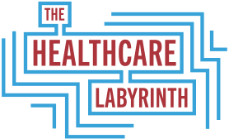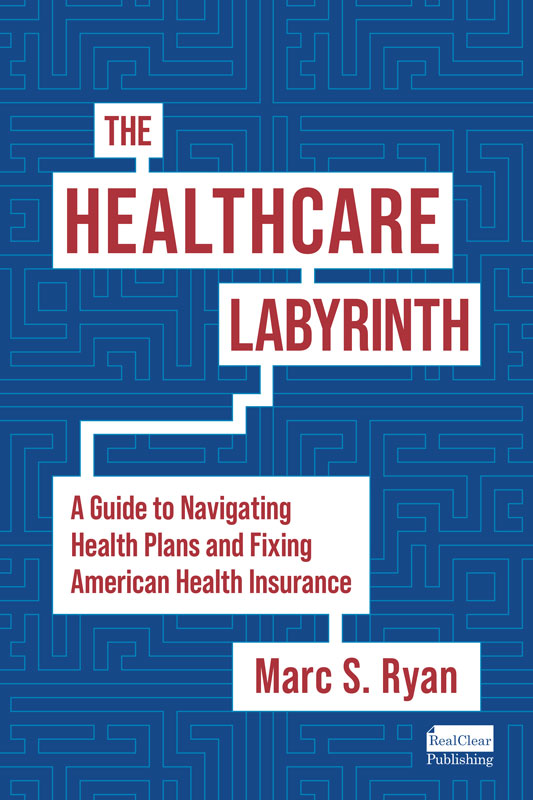
Peterson-KFF Health System Tracker Reports On Poor Healthcare Quality
It is not just about high costs in America for healthcare, it is about quality too Back on September 17, I did a quick blog on the Peterson-KFF Health System Tracker Chart Collection comparing U.S. healthcare prices and utilization against those in other developed nations. I like these periodic looks at prices and utilization throughout the developed world because it reveals at least one of the biggest reasons our healthcare system is in crisis or at least tumbling toward it – the highest prices in the developed world. A few key Peterson-KFF findings as I related in the blog, which can be found here ( https://www.healthcarelabyrinth.com/u-s-healthcare-prices-compared-with-other-developed-nations/ ): Now, Peterson-KFF has released a new analysis and charts related to how America compares to the rest of the developed world in terms of quality outcomes and healthcare system performance. This is a bit like what The Commonwealth Fund does every three years













